- Solar energy blog
- The potential for solar PV to enhance hydropower plants
The potential for solar PV to enhance hydropower plants


Laura Rodríguez
Business developer
Laura is a renewable and software industry sales professional, currently working at RatedPower as Sales Overlay in North America & Territory Manager Oceania. With a background in International Business and International Trade, Laura previously worked in the business strategy area in various companies as well as as a market analyst for the Government of Spain in Australia.
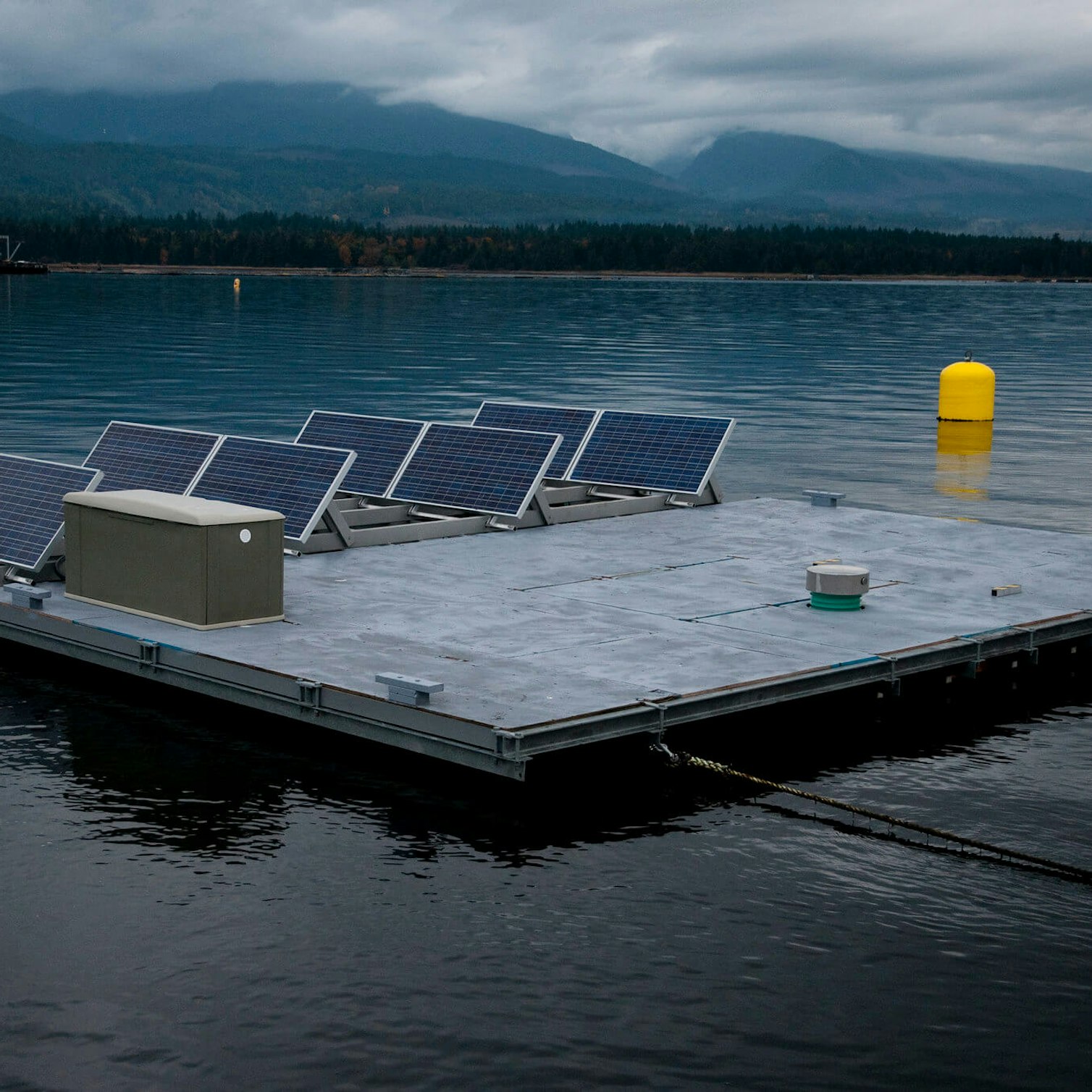
Content
The growth of floating solar photovoltaic (PV) installations around the world is driving the development of hybrid renewable systems, combining solar panels with hydropower plants on reservoirs.
Hydropower generation is the largest form of renewable energy capacity around the world, accounting for 1.3TW of the 2.8TW total in 2020, according to the International Renewable Energy Agency (IRENA). And hydro capacity is expected to grow further in the coming years.
What’s more, around a third of hydropower capacity is run-of-river generation while the rest is reservoir-based, providing scope for a large volume of solar installations.
What are the advantages of co-locating solar panels with hydropower plants? Where is the trend growing? Let’s find out.
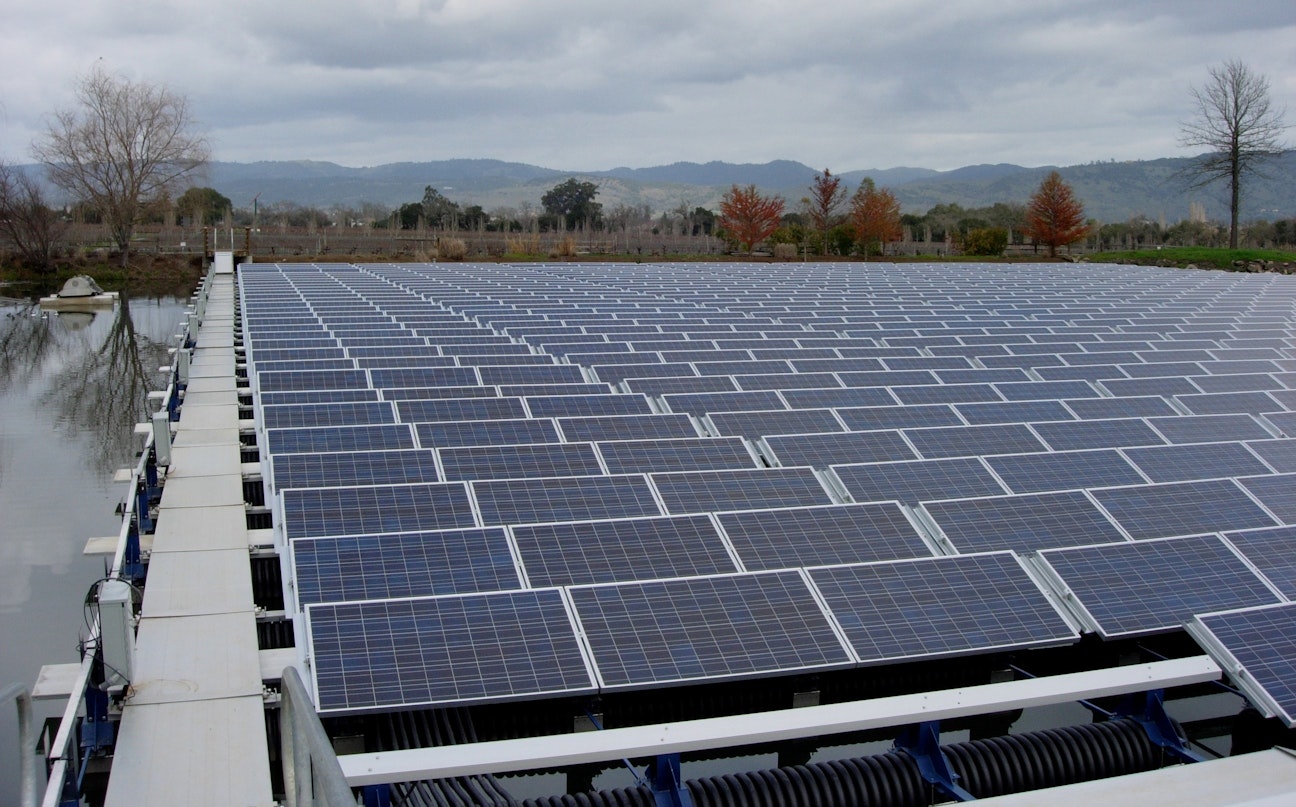
By SolarWriter - Own work, CC BY-SA 3.0.
How does solar complement hydropower?
The surface area of hydropower reservoirs around the world has the potential to host more than 4.4GW of floating PV panels at 2% surface coverage, generating around 6,270TWh of electricity. This is key for small nations with limited land availability for utility-scale solar installations, such as Singapore.
Hydropower reservoirs also offer an advantage for solar projects in that they already have connections to the power grid as well as local infrastructure such as roads for site access.
Installing solar PV at reservoir-based plants increases the flexibility of both forms of generation. It works by creating a "virtual battery" by supplying solar electricity during peak daylight hours, while balancing the grid with hydropower during times of low solar irradiation and overnight. Solar power will typically rise during the dry season, when reservoir levels are likely to be lower.
In some countries reliant on hydropower, climate change is seeing an increase in drought conditions that is reducing hydropower output and threatening blackouts. By covering the surface of a reservoir, floating solar panels reduce water evaporation. This has the effect of increasing water availability by around 6.3% and boosting hydroelectric generation by more than 140TWh. At the same time, placing PV panels on water has a cooling effect that increases their efficiency.
Where are hydroelectric solar systems taking off?
Countries around the world are adopting policies to support the deployment of hybrid hydropower solar systems to increase their renewable output and meet growing electricity demand, all while reducing their reliance on hydropower alone.
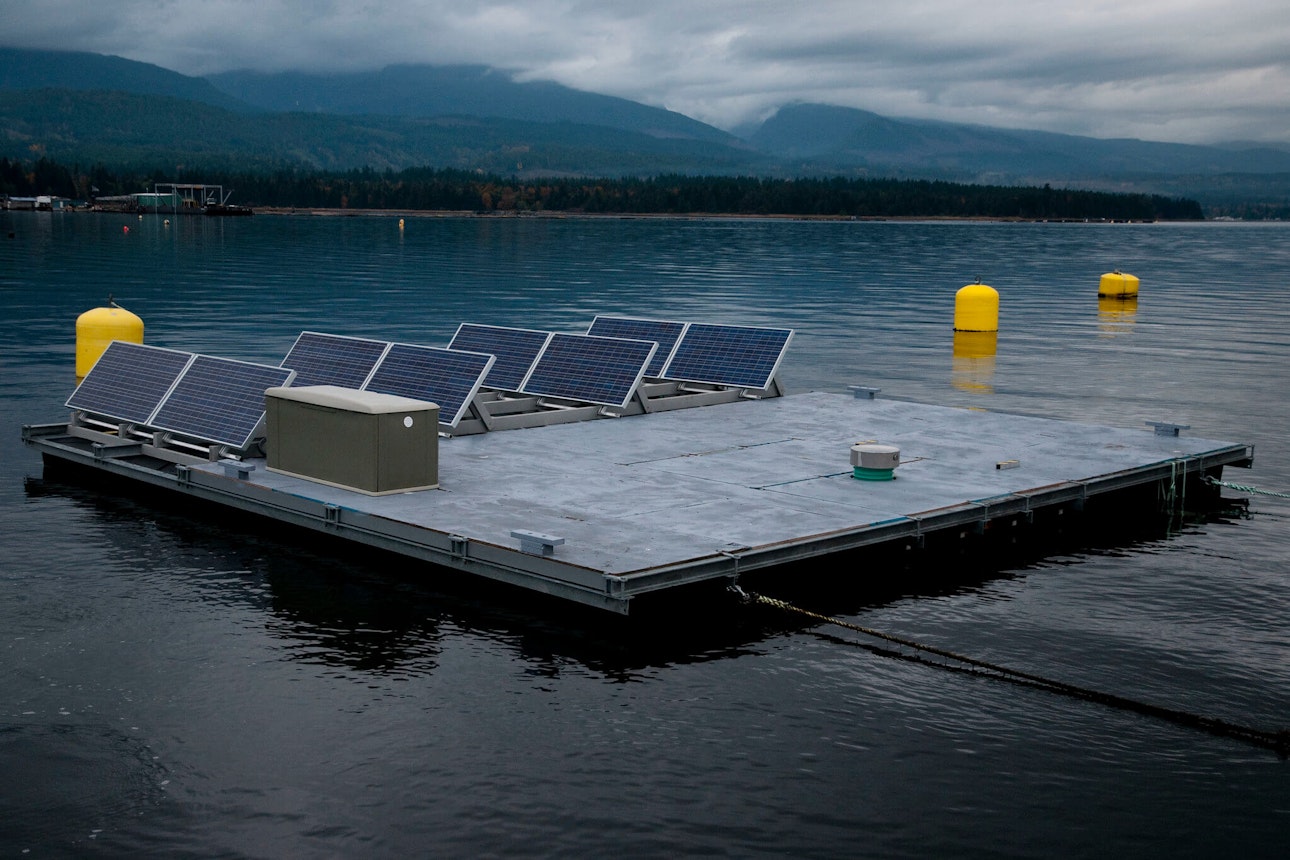
Latin America
In the Latin America and Caribbean region, hydropower accounted for 75% of the 249GW of renewable capacity installed in 2020, according to IRENA.
There are floating solar pilots in Brazil, the largest hydropower market in the region, as well as Panama and Colombia, among others.
In Suriname, the Interamerican Development Bank (IDB) is supporting the development of floating solar with a technical collaboration funded by the Japan Special Funds.
The $334,000 project approved in July 2021 will study the feasibility of installing floating solar at the Afobaka hydropower plant, which supplies around 50% of the country’s total electricity consumption.
Electricity supply in Suriname is critically low during peak dry season, which coincides with hotter and sunnier weather when electricity consumption for air conditioning rises.
Installing solar panels at the hydro plant will increase peak electricity supply and optimize the management of water resources. The system can connect to the plant’s grid transmission line helping to optimize the solar and hydro supply to the grid.
The project will benefit from Japan’s experience in devising a regulatory framework for floating solar floating projects, as well as the technologies and strategies used in Japanese projects to adapt infrastructure to extreme weather conditions, as well as integrating floating solar systems into hydroelectric facilities. Climate resilience and risk mitigation will be an area of focus.
Africa
Floating solar panels on Africa’s hydropower dams could help to bring electricity to the millions of people in sub-Saharan Africa who lack access.
Hydropower dams are the largest source of renewable power on the continent, but climate change could affect their future potential. With rainfall disrupted and drought conditions spreading, electricity generation from Africa’s hydropower plants is expected to decline in the future.
Hydro accounts for 17% of power generation across Africa, and as much as 90% in countries such as Ethiopia, Mozambique, and Zambia. Covering just 1% of Africa’s hydropower reservoirs with solar panels could increase the region’s electricity output from dams by 50%. It would also make use of existing infrastructure without requiring costly investments in grid capacity.
The Norwegian government has invested NOK79 million ($9.1 million) in a research project led by Norwegian renewable energy developer Scatec, to develop a large-scale hybrid hydropower solar plant in West Africa. The plant would be among the first in the world planned as a combined facility from the beginning, rather than installing solar at an existing hydropower plant. The project will focus on reduced water evaporation and PV cooling, developing control mechanisms to optimize the electricity output from the plant.
Asia
Floating solar is growing rapidly across Asia, where PV can offset low reservoir levels during the winter dry season and hydropower can offset low solar output during monsoon season. The world’s largest installed system is in China, where a 320MW built on the Changhe and Zhouxiang reservoirs in Zhejiang province was completed in 2020.
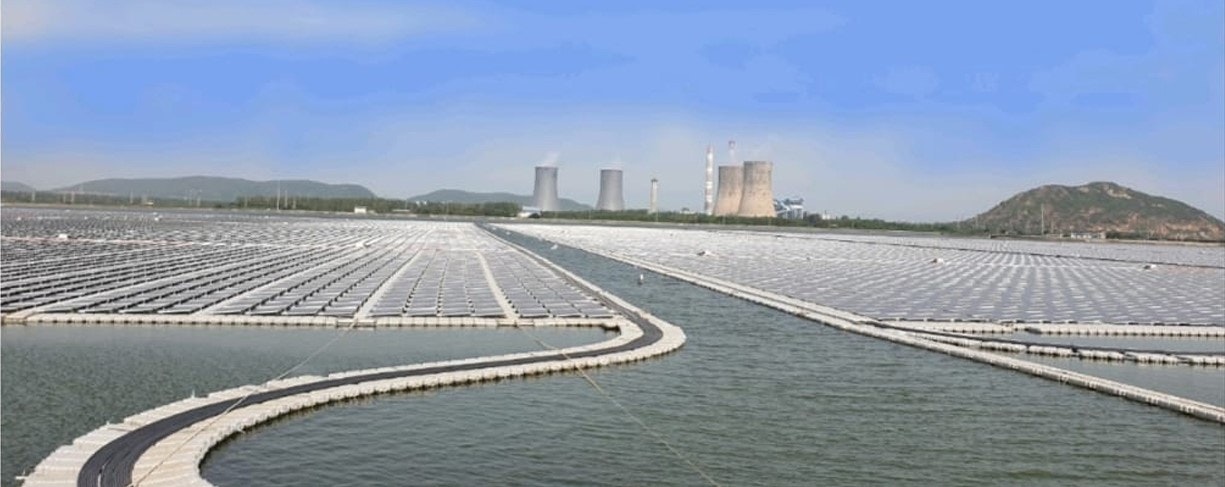
Southeast Asia has made strong advances in developing floating PV projects this year
Floating solar is a cost-effective option that enables developers to bypass complex land acquisition and approval processes, leaving land available for agriculture while speeding up project timelines.
Singapore, Malaysia, Thailand, and Vietnam, as well as the Philippines and Indonesia are planning and installing floating PV systems on hydropower dams and reservoirs. A study by the Institute for Energy Economics and Financial Analysis (IEEFA) last year estimated that there’s potential to install at least 24GW of floating PV across the ASEAN region.
In Indonesia, construction has started on the region’s largest hydropower solar plant, a 145MW floating PV system installed at the 1.8GW Cirata hydro plant in Java. The project is scheduled to be completed in 2022.
We’re here help to optimize your solar project
If you are evaluating locations for a solar power project, RatedPower can help. Our platform uses optimization and automation to find smarter ways to design PV plants. Contact us for a demo.
Latest stories
Related posts
Technology and engineering
Innovation in renewable energy: Developments expected in 2025
We look at the 10 biggest renewable industry developments that are making a green future possible, including perovskite solar cells, green hydrogen, and more.
Updated 18 MAR, 25

Technology and engineering
What the future holds for the longevity and efficiency of solar panels
Tests done by the French photovoltaics group Hespul showed that the panels, installed in 1992, are still operating at an astonishing 79.5% efficiency. Read on to find out more.
Updated 4 MAR, 25
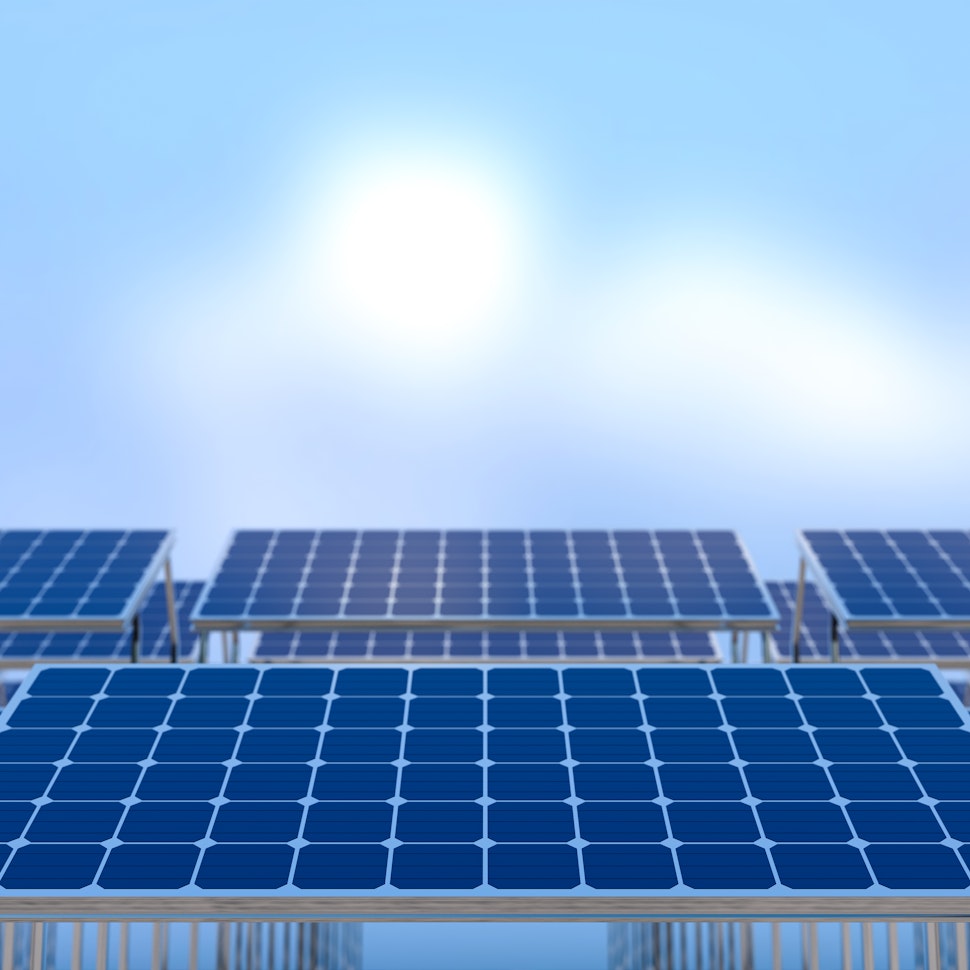
Technology and engineering
Concentrated solar: An unlikely comeback?
Once described as obsolete, the concentrated solar power market ballooned to $53 billion in 2023 and is still growing. Here’s why CSP is making a comeback.
Updated 12 NOV, 24

- RatedPower
- Solar energy blog
- The potential for solar PV to enhance hydropower plants
